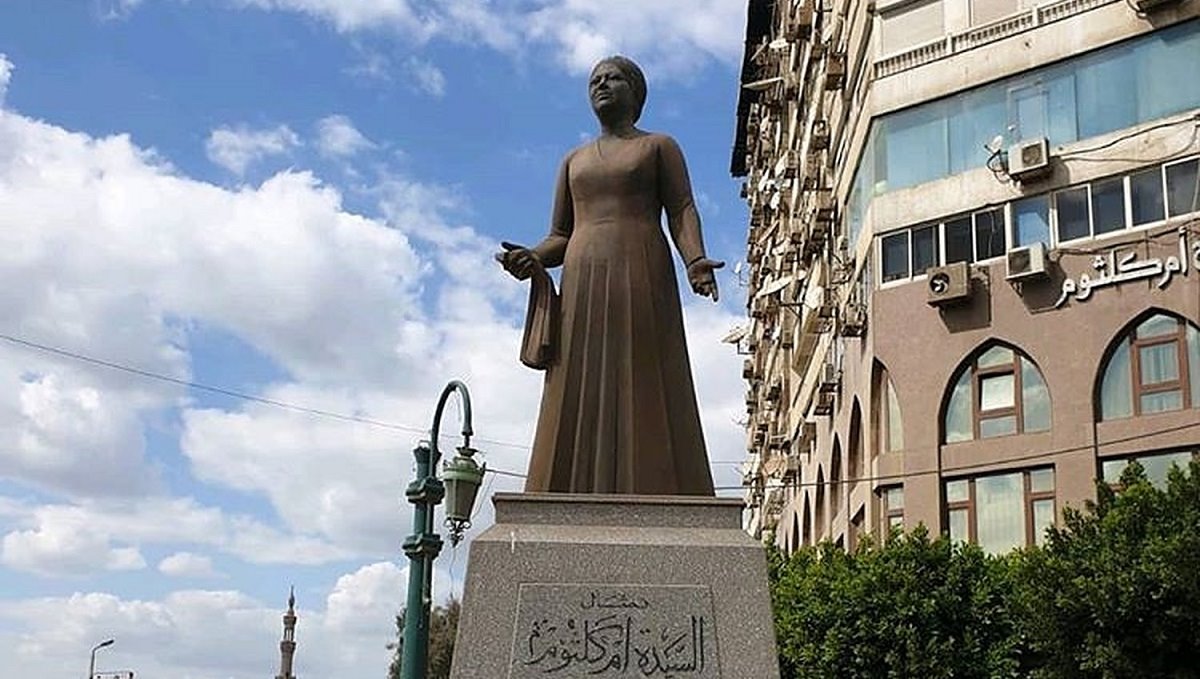Most women’s rights defenders in Egypt aren’t quite preoccupied with the alarmingly low number of statues depicting women in the country. Understandably, the issue pales in comparison with more pressing agenda items, like the many forms of de jure and de facto discrimination against women—from legal marital rape and inheritance inequality, to rampant FGM and sexual harassment. Yet the absence of the female from our public squares and perpetually bustling streets is indicative of a sexist mentality that places far more value on honoring and recognizing men’s achievements than it does women’s. Public statues and sculptures are a reflection of a nation’s history and identity, fully woven into the fabric of our everyday lives. They are the landmarks that guide our travels through our great metropolis. Once used to cement the status of political figures, such as members of the Muhammed Ali dynasty from the 19th to the mid-20th century, public statues now shape cultural and social perceptions of greatness worthy of commemoration and iconic imagery. And it is usually male figures that dominate this aspect of public life, signaling to the unsuspecting eye the superiority of men. Things aren’t…



